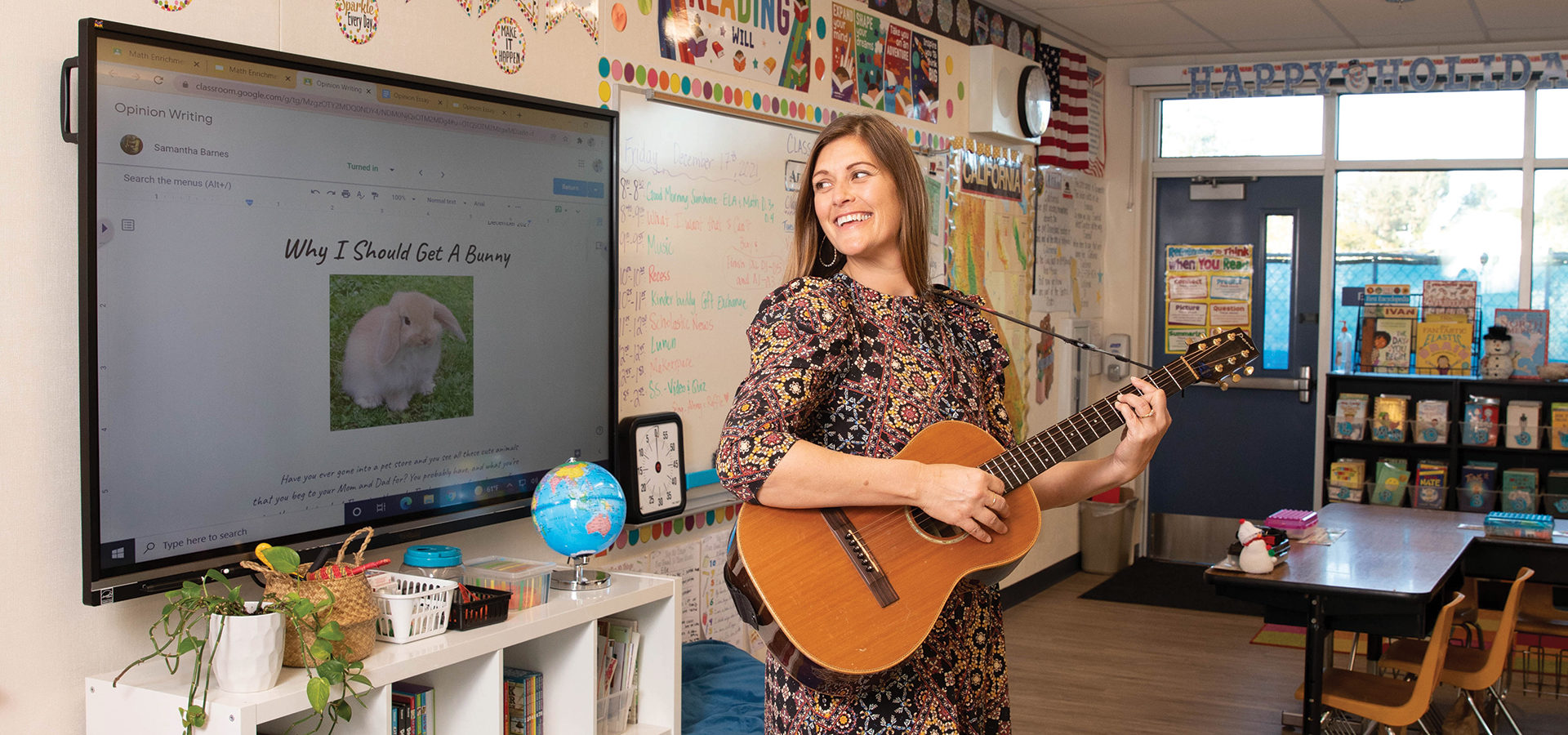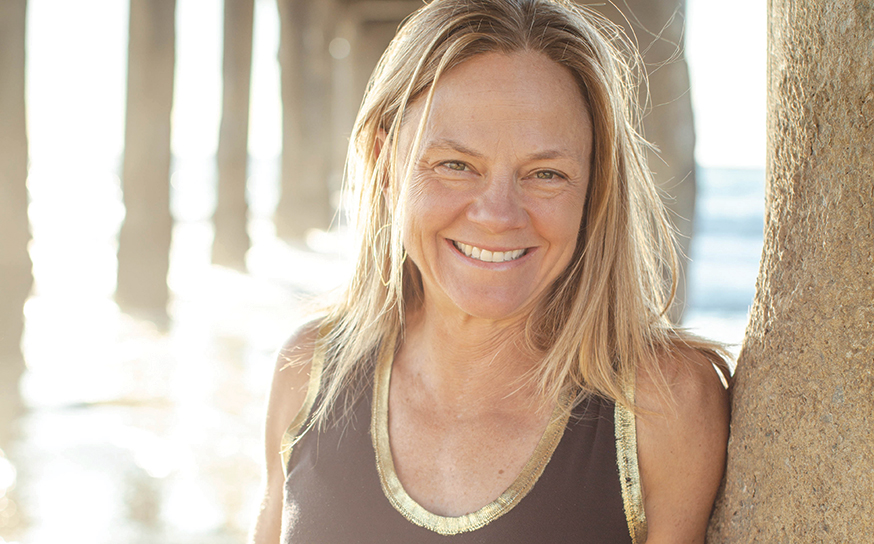Meet Seven South Bay Educators—from El Segundo to the Peninsula— Who Make the Grade with Both Students and Parents
Heads of the class.
- CategoryPeople
- Written & photographed byKat Monk
While Carrie Fairbrother (formerly Eick) strums her guitar, the students sitting at the desks sing along through their masks. The lyrics are unusual, set to familiar tunes and revised to be educational. “Multiply-di-high-di-high, factors low-di-low-di-low” are just some of the verses the fourth graders will hear while in Mrs. Fairbrother’s class at Grandview Elementary School. A teacher by trade and a singer-songwriter by hobby, she has managed to combine her worlds in a way that leaves students in awe.
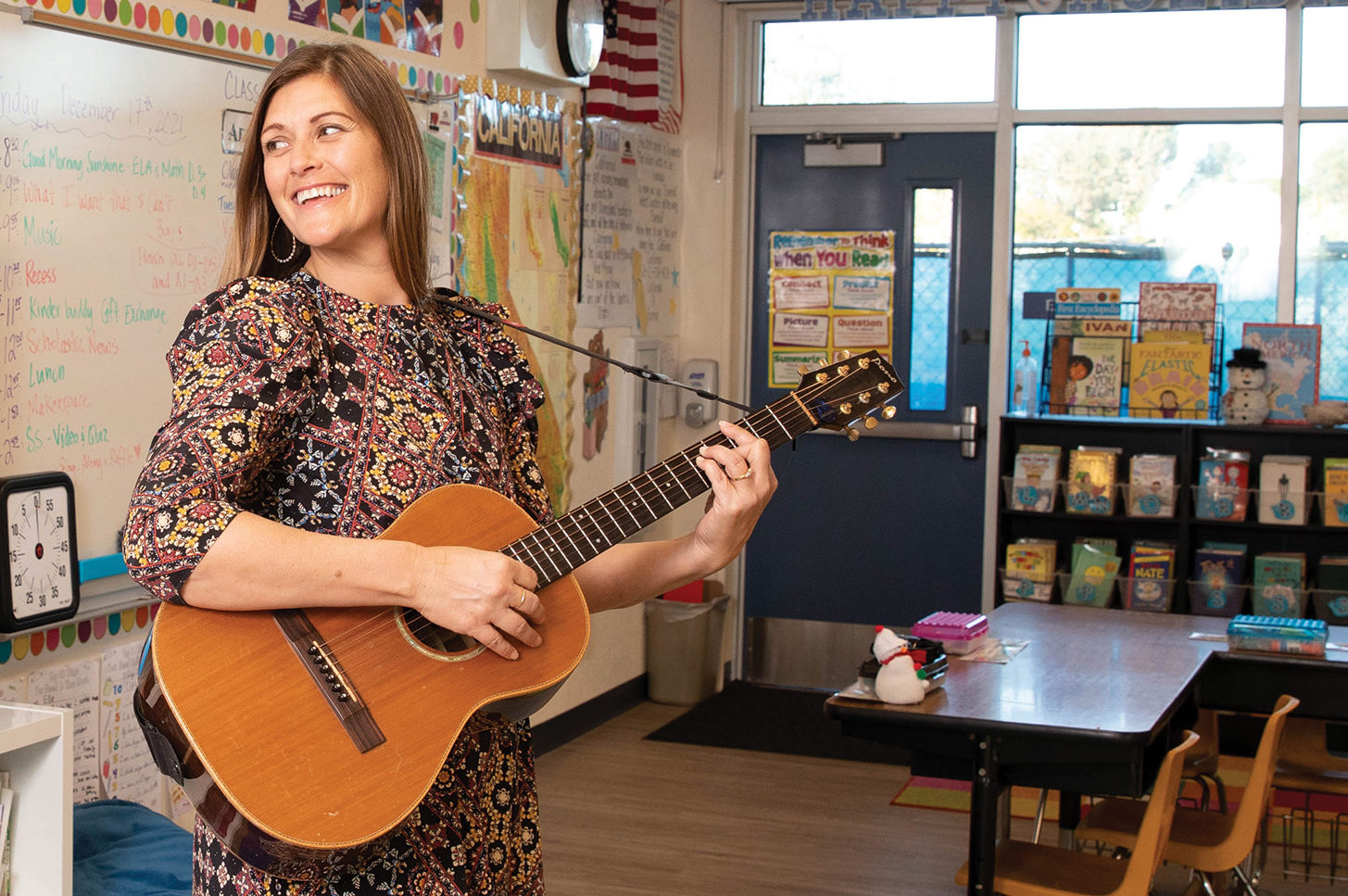
Carrie Fairbrother
Like many teachers, Carrie nurtures her students’ confidence and encourages each to be their best possible selves. She got inspired by a Panda Express program to round up to the nearest dollar for charity. Donors get to ring a bell near the register. Instantly, she realized the value of this reward and incorporated it into her classroom.
“I told my students that when they finish a book, they could be rewarded by ringing the bell in the classroom.” Not surprisingly, when the student rings the bell, it is set to the disco tune “Ring My Bell.” Interest grew as this small gesture encouraged them to read more and more books.
Carrie’s former students will fondly remember not only building a California mission but also touring a mission and celebrating Rancho Days with chili. “You have made this fourth grade year better than I could imagine,” shares a student on a card given to her at the holidays. “Thank you for being fun and bringing learning to a different level. You are a wonderful teacher,” says another note.
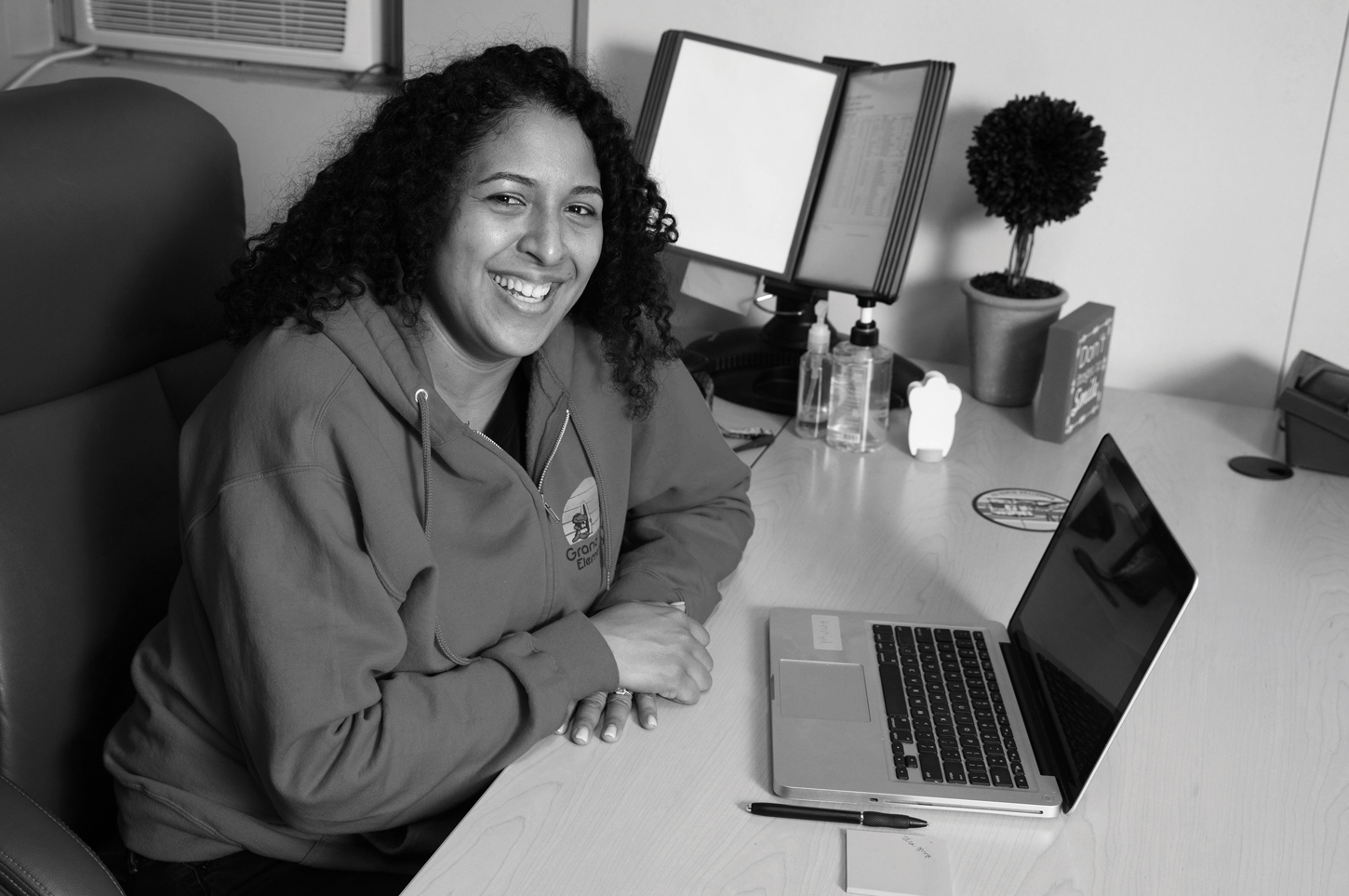
Tara Grings
Grandview Elementary also welcomed new principal Tara Grings from Mira Costa High School, where she served as vice principal for the last four years. Despite her success in the role, it was not her intention to go into educational administration.
Tara started her career teaching English to seventh graders but was laid off after three years. Switching gears, she worked on a music credential and began to teach choir, musical theatre and drama.
While working at the Hawthorne School District, a friend suggested they both apply for an administration credential through a program in the South Bay. Two of the program professors, Manhattan Beach Unified School District superintendent Mike Matthews and previous Mira Costa High School principal Ben Dale recruited her to become a vice principal at Mira Costa.
“She really cares about her students and puts that extra foot forward to help protect them while realizing that children can be children and teenagers can be teenagers,” shares a Costa parent. “Grandview is so lucky to have her as their principal.”
“The staff is as tight as a family,” Tara says. “They have been in each other’s weddings, they know each other’s children, and they hang out with each other outside of school. To be able to come into a campus that already has so many great relationships built has been phenomenal.”
One of her favorite life lessons is that you can have a to-do list that’s completely checked off, but “you still haven’t done anything if you haven’t made those connections with people. Sometimes the list just needs to get put to the side, and you need to go be present with other human beings.”
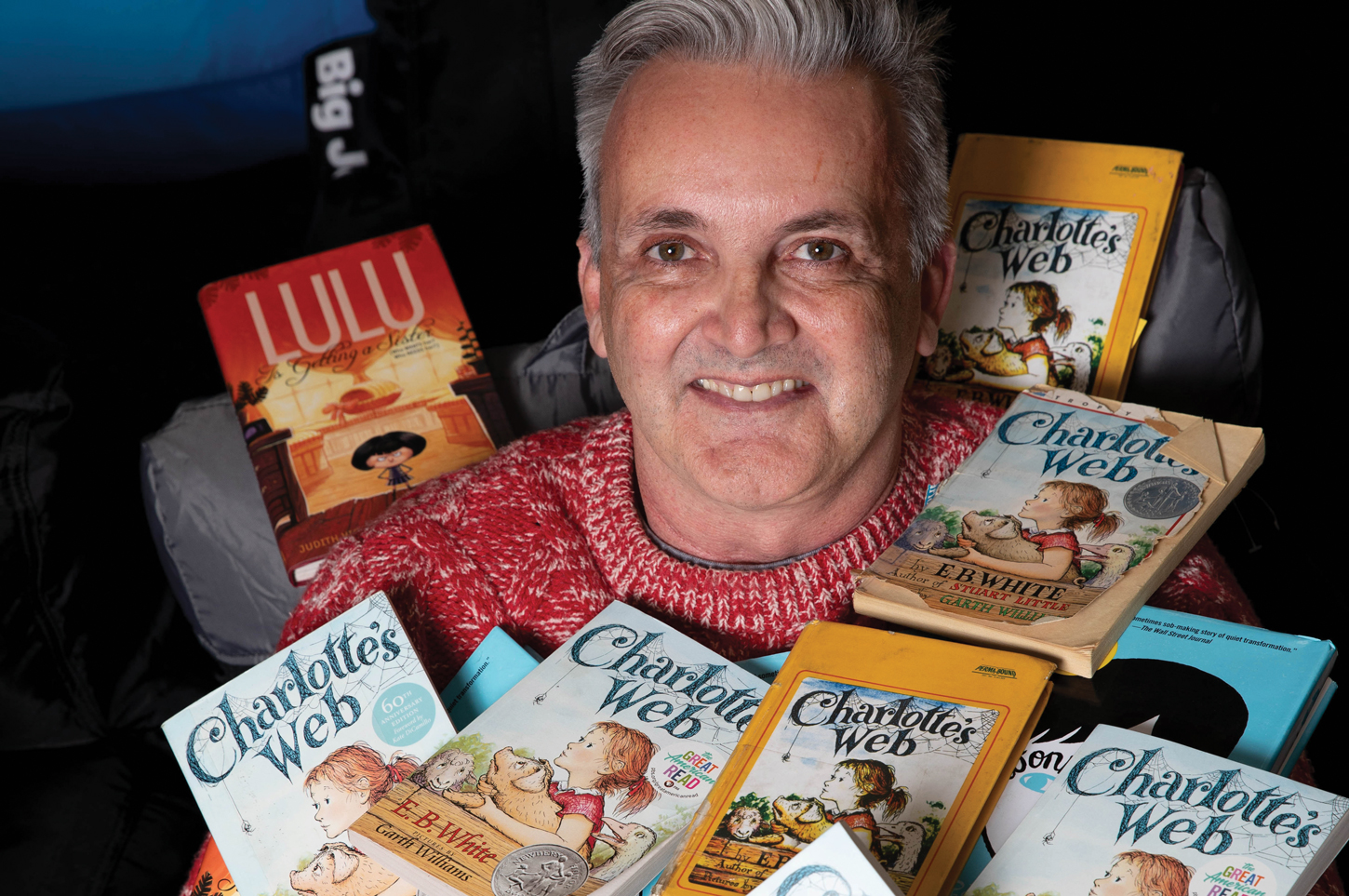
Shane Pratt
Hermosa Beach loves Shane Pratt, Hermosa Valley School’s third grade teacher for the last 30 years. He is best known for unlocking the mysteries of reading for his students. “My daughter has never come home [from school] and told me about ‘the funny thing her teacher said’ more than she has with Mr. Pratt,” shares a parent. “Whatever he’s doing, he is making an impression and we love it.”
First and foremost, his favorite part of teaching is getting to know the children. “They have an innate sense of justice,” he says. He bristles when people tell others that they are acting like a child. “That is not fair to the children because I honestly think they are better human beings. It really irks me when I hear people say things like that.”
Phonics and learning to read are achievements typically accomplished by the students before third grade. But third grade is the first year you are reading to learn. Mr. Pratt loves introducing books such as Charlotte’s Web and Demon Dentist and focusing on character development, character arcs and figurative language.
“I like finding good books that interest them, and I read to them every afternoon right after lunch,” he says. “There are times when I’ll stop reading, and you can just hear everyone sigh because I will always stop at a good part. It is audible how much they love the books.” Shane’s voice has a contagious quality that enhances his storytelling capabilities.
“Mr. Pratt’s outlook on everything was always so positive, and just being in that class changed my perspective,” says former student Jackson Meugniot, now a sophomore at Louisiana State University. “He showed me how to be curious and made me want to find out ‘why.’ He was never scared of the critique of others, and he made being creative acceptable.”
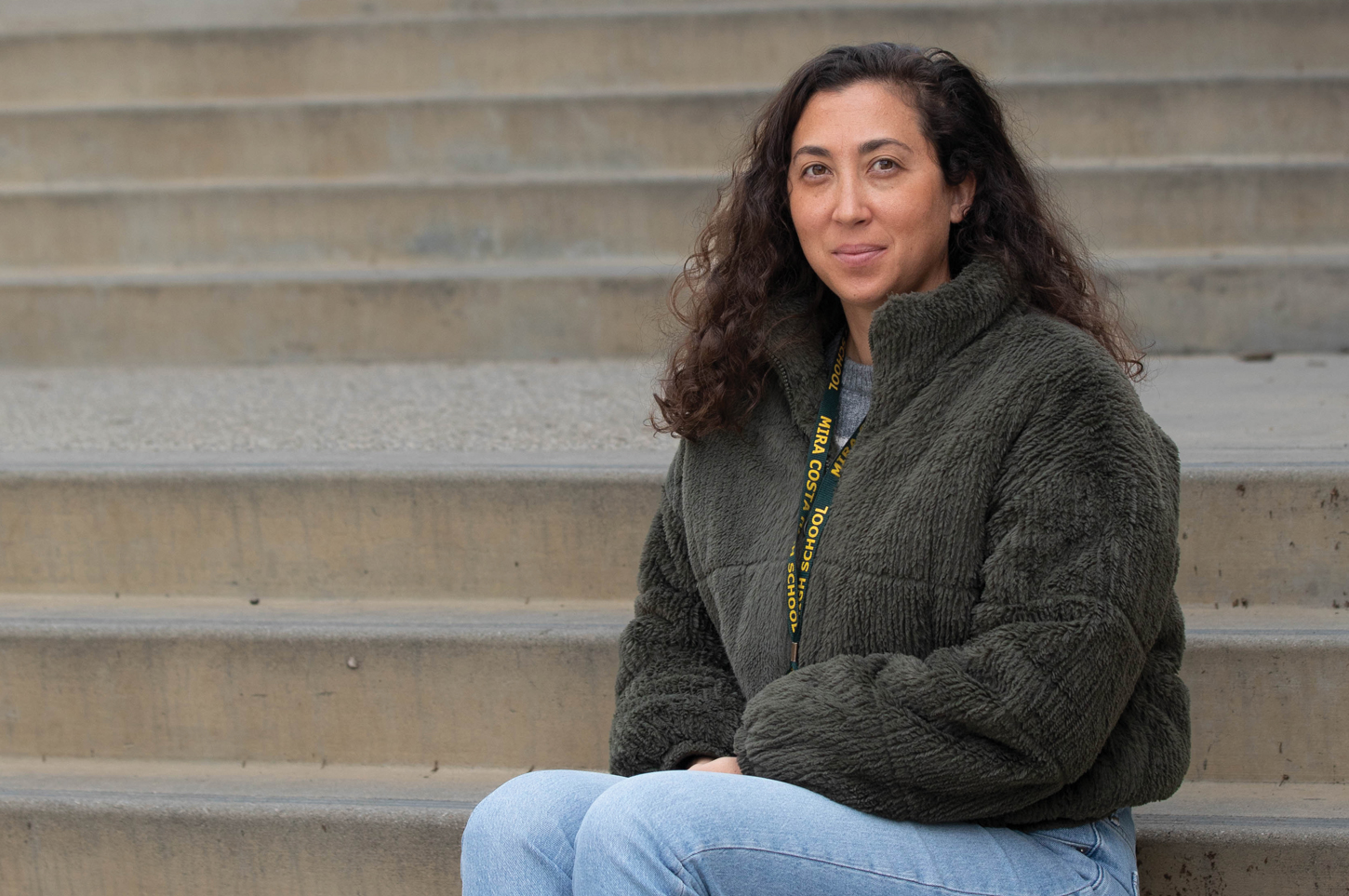
Kristin Dailey
High school can be the hardest education years for many students, says Kristin Dailey, a special education teacher at Mira Costa High School’s Learning Center. Not all teens have the same way of learning—some need more than what’s included in a traditional school system.
The Learning Center is a class setting where students with learning disabilities like attention deficit disorder and autism can meet with their teacher for assistance with classes or classwork. It serves as a conduit between the student and the general education teacher.
“Ms. Dailey has been a godsend for my son because, although he is high functioning, he has issues with executive functioning and struggles with turning in his completed work,” shares a Mira Costa parent.
Kristin’s career trajectory began when her father asked her to volunteer at Belmont Sport, an organization he started to provide activities for people with special needs in the Boston area. The program gave participants new experiences to make their lives more meaningful. She witnessed firsthand society’s tendency to undervalue those with special needs, despite their potential when given an opportunity. She’s dedicated her life to making a difference in theirs.
Kristin’s role is to help her approximately 30 students integrate and be successful in the public school system. “She was my biggest advocate,” says one of her former students.
Kristin makes it a priority to get to know her students personally before she reads the opinions of others in their school files. “Once I know my student’s abilities, then I am aware of what it will take to fill in the gaps to make this particular student successful,” she says. “It is like creating a relationship with a friend where you cannot make assumptions.”
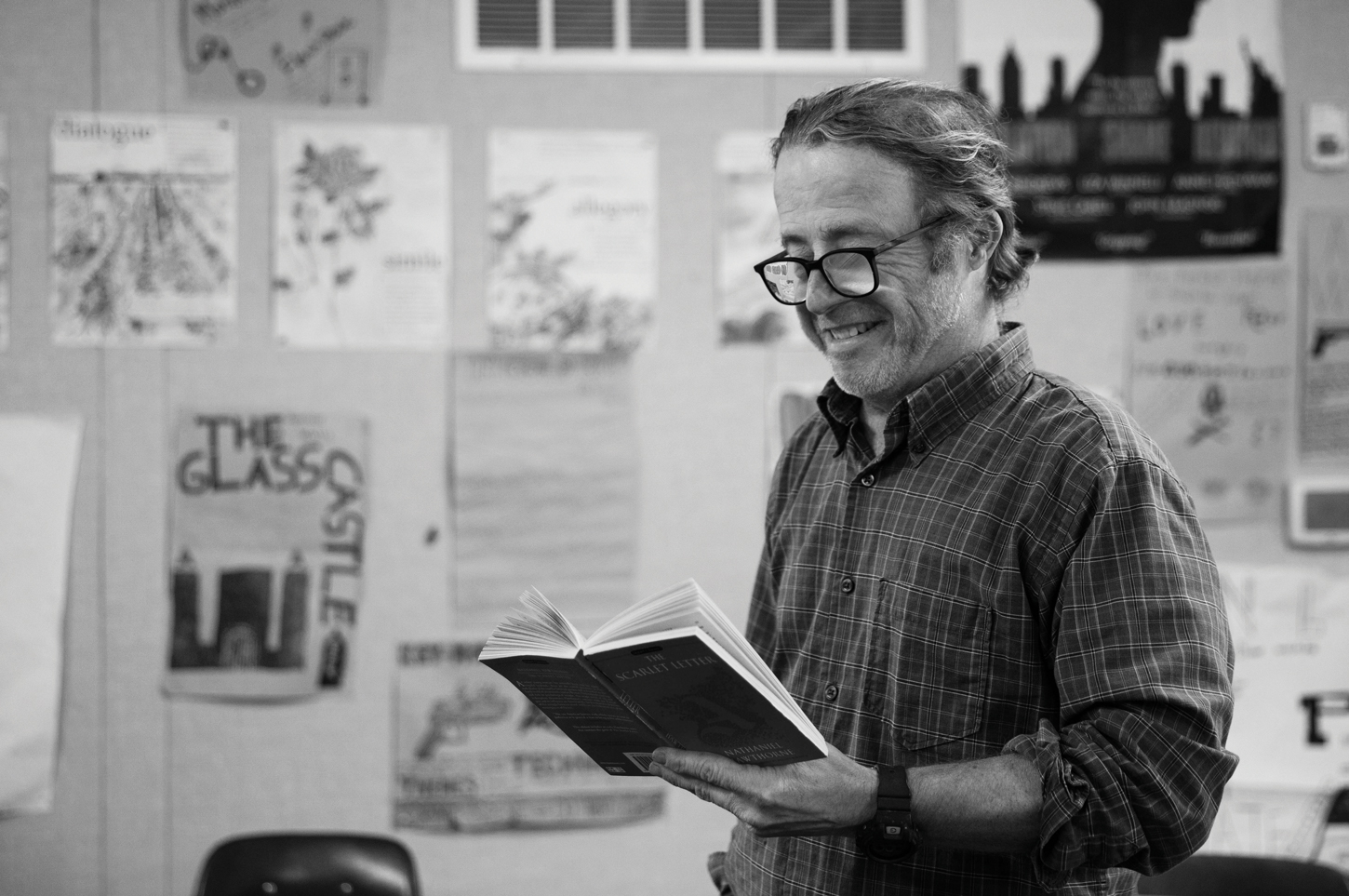
Eachan Holloway
Miles Davis, Ella Fitzgerald and Thelonious Monk are just a few of the jazz musicians who students of Eachan Holloway become acquainted with as they trickle into his Rolling Hills Prep classroom. In essence, he’s setting the mood for the literature that is about to come. His love of books is much deeper than the printed page. “Literature allows students to step into a world, and through their own writing students can create one of their very own,” he shares.
Eachan prefers his students to be interactive and present when discussing their readings rather than passive. To achieve this, he has students come to the front of the class and write down thoughtful answers to his carefully crafted questions. He puts in an enormous effort to engage the student at a different level than blindly reiterating a summary of the book. His goal is to challenge the student to have independent and creative thoughts come to the surface.
“He was always able to pose interesting questions and facilitate deep discussions about the books we read in class,” says Cooper Jones, a former AP literature student.
“Like any artistic medium, literature widens their perspective,” explains Eachan. They also learn that their writing has power and “can contribute to making their own voices heard in an impactful and unique way—no matter if they are composing analytical, personal or creative pieces.”
He feels confident about his role as a teacher when his students feel comfortable as readers, writers and thinkers—without discerning or judging if a student has a different learning style or for that matter chooses to use audiobooks. “My success as a teacher comes from my students’ successes.”

Lorraine Loh-Norris
Lorraine Loh-Norris’ rarely unoccupied robotics classroom is flanked with trophies. In this class, students design a myriad of robotic machines incorporating design, construction and operation. A former engineer, Lorraine transitioned to teaching 10 years ago. She teaches technology and precalculus honors while also serving as the chair of the engineering, design and development department at Palos Verdes High School.
Her favorite part of teaching high school students is their pure love and excitement for building robots. During the past decade, Lorraine has fostered an open-door policy in her classroom, meaning students are welcome to drop in to her class anytime they want to work on their robots. She takes time out of her weekend to meet with her Palos Verdes Institute of Technology (PVIT) students every Sunday afternoon from 2 to 4 p.m.
During the “build season,” the classroom has a buzz of excitement as her students dig deep into their robots to create their own perfect version—individually or as teams. Not one robot looks the same; they vary in size, width and capabilities. The enthusiasm is palpable as they try to discover and elicit unique attributes of their specific robots.
When a student feels ready, they have Lorraine take a look at it. She shares the same level of enthusiasm as she reviews the mechanical features of each robot while giving her students an opportunity to explain the attributes of their creations. The end game is to compete in robotics competitions.
PVIT enters into five or six robotic competitions yearly, including the VEX Robotics competition presented by the Robotics Education & Competition Foundation. Unfortunately, the pandemic has disrupted these events, but they hope to get back on track sooner rather than later.
While working on a group project for Women in Science and Engineering, PVIT made a Rube Goldberg chain reaction machine at lunch. “Everyone was late for class because we couldn’t stop until we got it working!” says a student.
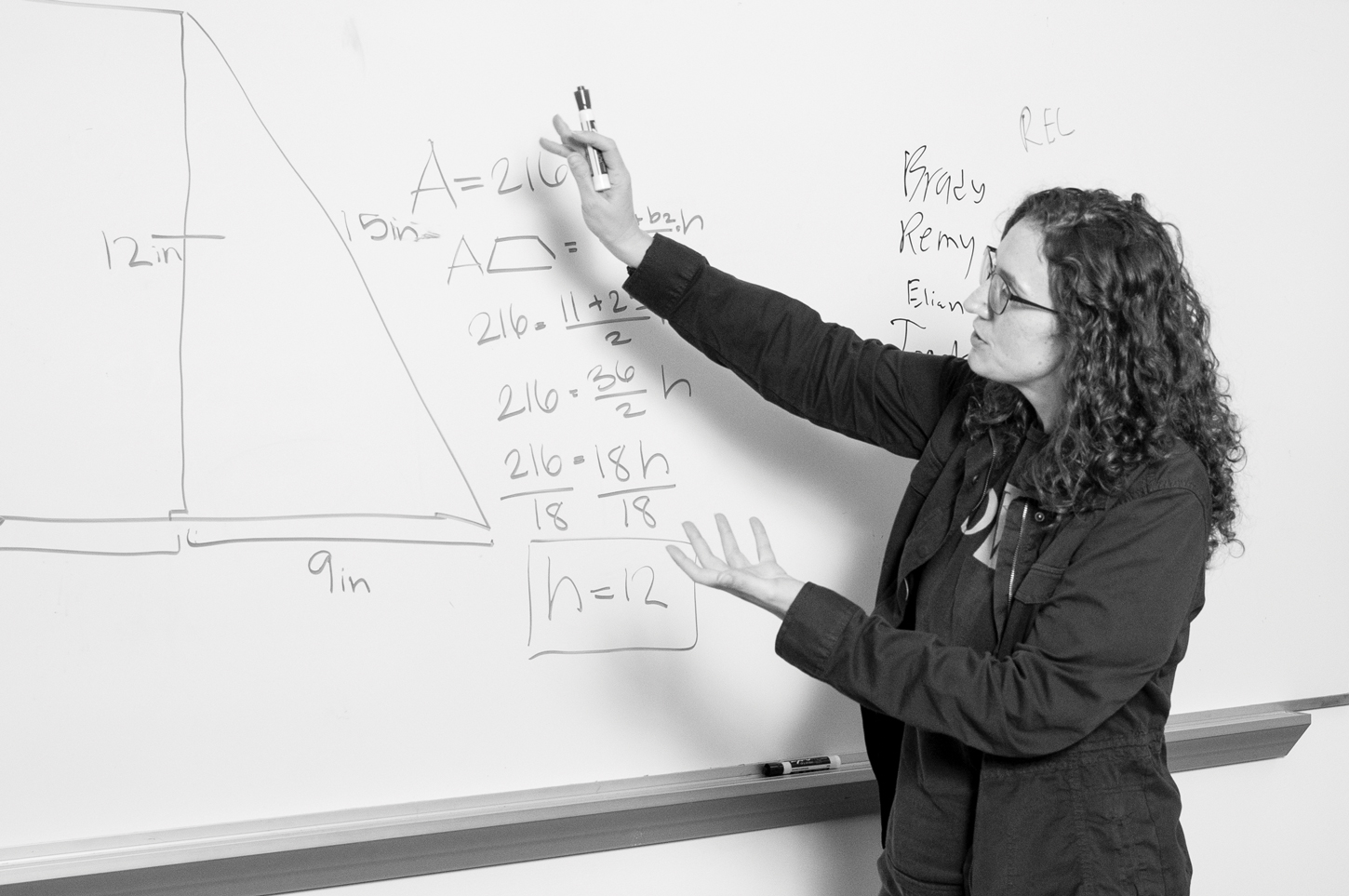
Dr. Sarah Sweatlock
Dr. Sarah Sweatlock, a precalculus teacher at Vistamar School in El Segundo, is beloved by many of her students. She has an uncanny ability to explain precalculus unpretentiously and effectively—and even make it fun.
“Before taking her class, I did not know how much I could enjoy math. Her class definitely influenced me to explore a STEM career,” Chris Connor says. “I particularly appreciate how welcome she made each student feel.”
“Calculus is the study of change,” Sarah explains. “It’s the study of what change happens in a moment and how change accumulates. If you think about a river carving the Grand Canyon, you know it didn’t happen all at once but occurred little by little. Change accumulates and shapes everything. That is how it is: looking at the little things that add up to be the big things.”
Not all students pick up math easily, but Sarah makes it a goal to find an access route for everyone. “There is never just one way to do something right. Once I realize a student is having a hard time clicking with the coursework, I will see if showing them a geometric explanation would work better.” With patience and persistence, she finds a way to get the concepts to sink in—even if she needs to explain a topic at least 12 different ways.
“Compare it to the difference between being a cook and being a chef,” she says. “I’m a decent cook. You give me a recipe, and I can follow the directions exactly. But a chef is somebody who can use their expertise and experience to make something new.”
Sarah wants math to become a set of tools in a toolbox that students can use for the rest of their lives. “I would like my students to be mathematical chefs.”
“Dr. Sweatlock has an amazing ability to reach and support students with various learning styles,” says Tara Conner, a former Vistamar parent. “She assists strong math students in growing their skills, and developing math students gain confidence and competence. Her interaction with students is kind, personal and inclusive—extending well beyond the discipline she teaches.”
Southbay ‘s Annual Spring Style Guide Has the Latest Fashion Trends, Jewelry, Home Goods and Gifts!
Shop local and support our amazing businesses.






